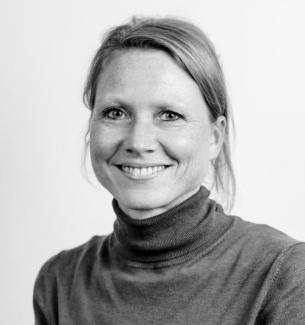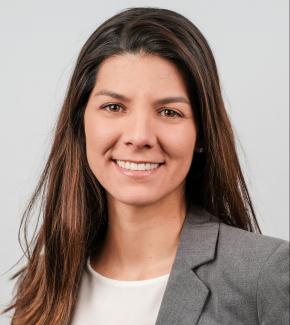COVID-19 and fake news: Counteracting misinformation in India’s slums
One of the most, if not the most, at-risk groups for contracting COVID-19 is the urban poor, living in overcrowded conditions with very limited access to public (health) infrastructure. Our study considered slums of two Indian cities in Uttar Pradesh – Lucknow and Kanpur. Slum dwellers lost their livelihoods, experienced reductions in income, and the majority were not able to comply with lockdown measures – with the poorest being hardest hit. Those with better knowledge about how to prevent COVID-19 were able to protect themselves better and were more willing to vaccinate when possible.
-
Armand-et-al-2021-Policy-Brief.pdf
PDF document • 321.63 KB
- One of the most, if not the most, at-risk groups for contracting COVID-19 is the urban poor, living in overcrowded conditions with very limited access to public (health) infrastructure.
- This study considered slums of two Indian cities in Uttar Pradesh – Lucknow and Kanpur. Slum dwellers lost their livelihoods, experienced reductions in income, and the majority were not able to comply with lockdown measures – with the poorest being hardest hit. Those with better knowledge about how to prevent COVID-19 were able to protect themselves better and were more willing to vaccinate when possible.
- Fake news about COVID-19 and how to prevent it is widespread in this population. To counteract misinformation, we conducted a field experiment. Slum dweller households were randomly assigned to either receive a message from a doctor debunking fake news sent via mobile or not. In addition, we cross‑randomised a low or high financial incentive to pay attention to the message.




